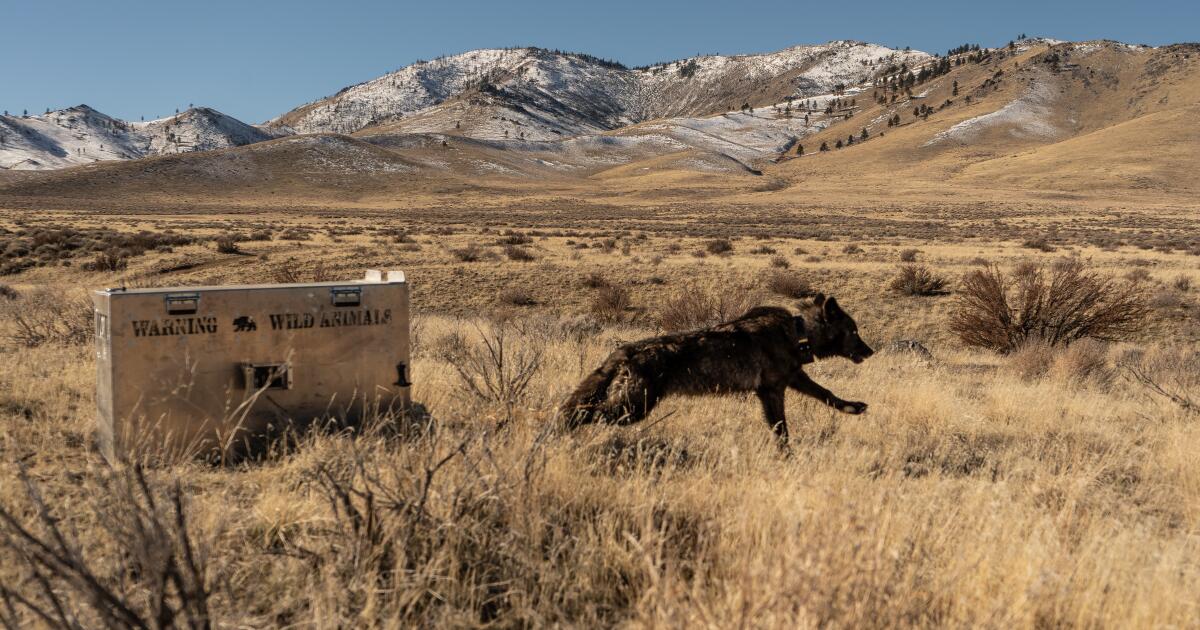BREAKING: The California Department of Fish and Wildlife has just confirmed the euthanization of four gray wolves from the Beyem Seyo pack in response to an alarming surge in cattle kills. This urgent decision follows reports of 70 livestock losses attributed to these wolves between March 28 and September 10, accounting for a staggering 63% of all wolf-related livestock losses statewide.
The situation in the Sierra Valley has become critical, with ranchers expressing deep frustration over the escalating attacks on their cattle, which have resulted in significant financial losses. Officials describe the reliance of these wolves on cattle as “unprecedented,” raising serious concerns about the long-term recovery of gray wolves in California.
Director Charlton Bonham stated, “Wolves are one of the state’s most iconic species and coexistence is our collective future, but that comes with tremendous responsibility and sometimes hard decisions.” This sentiment underscores the difficulty of balancing wildlife conservation with agricultural interests.
Despite extensive efforts to deter these wolves through 95 hazing operations over the summer, which included using non-lethal bean bags and drone noises, the situation did not improve. Wildlife officials logged 18,000 hours trying to mitigate the crisis, but the Beyem Seyo pack continued to target cattle, drawn by their availability and ease of capture.
The decision to euthanize the wolves also included a tragic error, as a fifth wolf, a juvenile male, was killed accidentally. This incident further emphasizes the complex and often painful measures being taken to manage wildlife populations in California.
The financial impact on ranchers is severe, with each lost cow costing thousands of dollars. Many ranchers, like Joel Torres from Siskiyou County, have voiced their frustrations, calling for more aggressive management strategies. “I hate ‘em,” Torres stated, reflecting the sentiment of many in the agricultural community facing these challenges.
While the return of gray wolves to California has been celebrated for its ecological benefits—such as regulating deer and elk populations and enhancing biodiversity—the negative consequences for local ranchers have sparked heated debates. Wolves were nearly driven to extinction in the U.S. a century ago, but their population has been slowly recovering since the arrival of wolf OR-7 in 2011, which marked a turning point for the species in the state.
As the situation develops, officials emphasize the need for coexistence and the importance of not allowing these wolves to lose their natural hunting instincts. “This shift not only undermines recovery efforts for the species in California but also risks altering generational feeding patterns and broader ecological dynamics,” the department stated.
Moving forward, the California Department of Fish and Wildlife will continue to monitor the situation and explore further measures to manage the growing conflict between ranchers and the returning wolf population. The community is watching closely as the implications of these decisions unfold, underscoring the fragile balance between conservation and agriculture.
Stay tuned for updates on this developing story as it unfolds.
